Home>diy>Planning & Engineering>Who Was The Landscape Architect In Charge Of The Grounds At The Palace At Versailles?
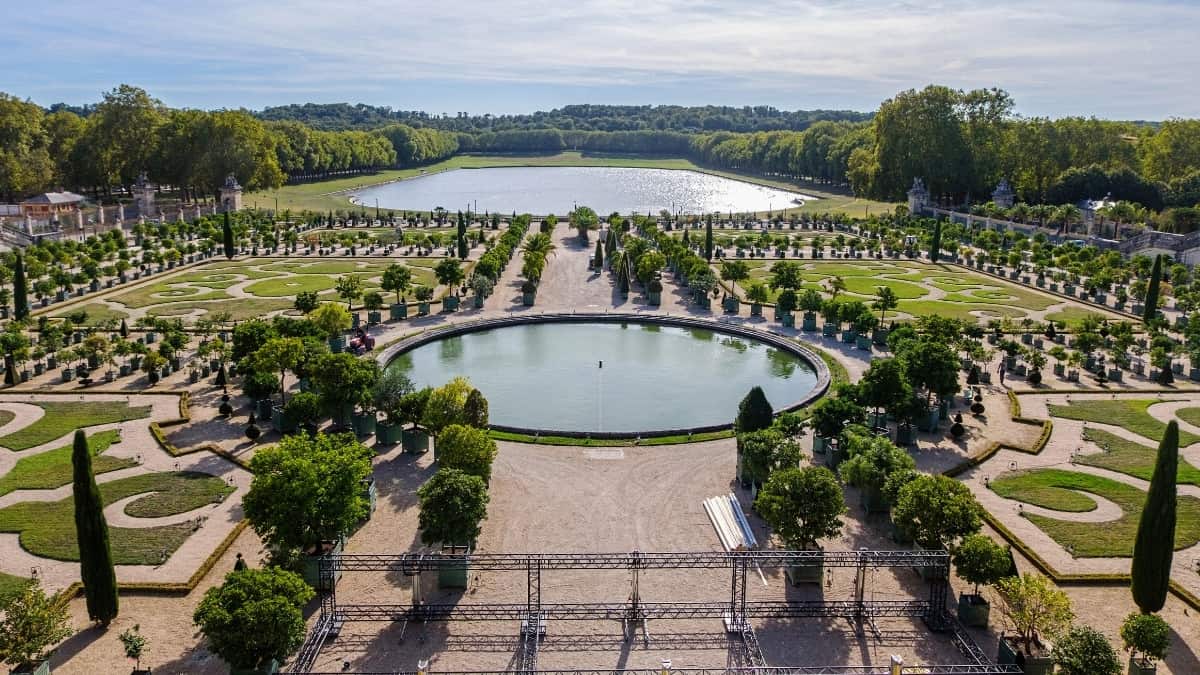

Planning & Engineering
Who Was The Landscape Architect In Charge Of The Grounds At The Palace At Versailles?
Modified: December 7, 2023
Discover the brilliant mind behind the stunning grounds at the Palace at Versailles. Learn about the talented landscape architect who combined planning-engineering expertise to create this exquisite masterpiece.
(Many of the links in this article redirect to a specific reviewed product. Your purchase of these products through affiliate links helps to generate commission for Storables.com, at no extra cost. Learn more)
Introduction
Welcome to the enchanting world of the Palace at Versailles, a masterpiece of architectural grandeur and mesmerizing gardens. As you stroll through the magnificent grounds, admiring the meticulously manicured lawns, dazzling fountains, and sprawling avenues, have you ever wondered who was responsible for designing and transforming the landscape into a paradise fit for royalty?
In this article, we will delve into the fascinating history of the landscape architect in charge of the grounds at the Palace at Versailles. We will uncover the role they played, explore the significance of their work, and discover the legacy they left behind.
Prepare to be transported back in time to the opulent world of Versailles, where dreams were transformed into reality through the skillful hands and visionary minds of these remarkable individuals.
Key Takeaways:
- The landscape architect responsible for the gardens at the Palace at Versailles, most notably André Le Nôtre, played a pivotal role in transforming the once ordinary grounds into a perfectly orchestrated masterpiece that seamlessly blends architecture with nature.
- The legacy of the landscape architect at Versailles extends beyond the expansive gardens, influencing garden design and landscape architecture worldwide. Their innovative irrigation systems, horticultural practices, and meticulous attention to detail continue to inspire contemporary landscape architects.
Read more: Who Is The Landscape Architect Of Gettysburg
The Palace at Versailles
The Palace at Versailles, located in the Île-de-France region of France, is a testament to the grandeur and opulence of the French monarchy. Originally a hunting lodge built by King Louis XIII, it was transformed into a magnificent palace and a symbol of power and extravagance by his son, King Louis XIV, commonly known as the “Sun King.” With its iconic Hall of Mirrors, lavish apartments, and sprawling gardens, Versailles became the epitome of 17th-century French Baroque architecture.
The palace complex is divided into three main sections: the main palace, the Grand Trianon, and the Petit Trianon. The main palace houses the royal apartments, the Hall of Mirrors, the King’s and Queen’s Chambers, and various ceremonial rooms. The Grand Trianon, a pink-marble palace, was built as a secluded retreat for the monarchs, and the Petit Trianon served as a private residence for Queen Marie Antoinette.
However, what truly sets Versailles apart from other grand palaces is its breathtaking gardens. Spanning over 800 hectares, these meticulously designed and maintained gardens are a work of art in their own right. They consist of perfectly manicured lawns, grand parterres, geometrically aligned flowerbeds, exquisite sculptures, and enchanting fountains.
But it is the work of the landscape architect that breathed life into the gardens, transforming them into an enchanting paradise that complements the splendor of the palace itself.
Historical Significance
The Palace at Versailles holds immense historical significance, not only for France but also for the world. It symbolizes the absolute power and unmatched luxury enjoyed by the French monarchy during the Ancien Régime. The construction and expansion of Versailles served as a bold statement of King Louis XIV’s authority and his desire to establish Versailles as the political and cultural center of France.
Moreover, Versailles played a pivotal role in shaping European history. It was here that the Treaty of Versailles, which ended World War I, was signed in 1919. The treaty had far-reaching consequences, redrawing the map of Europe, imposing heavy reparations on Germany, and setting the stage for political and economic tensions that would ultimately lead to World War II.
Beyond its political significance, Versailles also served as a catalyst for artistic and architectural trends. The grandeur and magnificence of the palace and its gardens inspired countless imitations and influenced the development of Baroque and Rococo styles across Europe. It set the standard for royal residences and gardens, showcasing the finest French craftsmanship and design.
Today, the Palace at Versailles attracts millions of visitors each year who come to marvel at its architectural beauty, immerse themselves in history, and wander through the meticulously manicured gardens that stand as a testament to the artistic and cultural achievements of a bygone era.
The Role of the Landscape Architect in Versailles
The landscape architect played a crucial role in the transformation of the Palace at Versailles into a breathtaking oasis of natural beauty. Their primary responsibility was to design and oversee the creation of the gardens, ensuring that they complemented the grandeur of the palace while showcasing the power and wealth of the monarchy.
The landscape architect worked closely with the architects, engineers, and craftsmen involved in the construction and renovation of Versailles. They collaborated to create a harmonious integration of the palace and its gardens, ensuring that the architectural elements seamlessly blended with the natural landscape.
One of the key tasks of the landscape architect was to design the layout and structure of the gardens. This involved determining the placement of the various elements such as parterres, flowerbeds, fountains, and pathways. They carefully selected the types of plants, trees, and flowers that would thrive in the specific environment and climate of Versailles, ensuring year-round beauty and vibrant colors.
The landscape architect also had to consider the practical aspects of maintaining the gardens. They designed irrigation systems to water the vast lawns and ensure the survival of the plants, as well as drainage systems to prevent waterlogging. They also oversaw the construction of underground tunnels and canals to supply water to the numerous fountains that adorned the gardens.
Furthermore, the landscape architect played a crucial role in the artistic and aesthetic aspects of the gardens. They designed intricate patterns and geometric shapes with flowerbeds and hedges, creating symmetrical and visually stunning landscapes. They incorporated sculptures, statues, and decorative elements into the gardens, adding an air of elegance and sophistication.
Overall, the landscape architect at Versailles was responsible for transforming the vast expanse of land surrounding the palace into a perfectly balanced and visually breathtaking masterpiece.
The landscape architect in charge of the grounds at the Palace of Versailles was André Le Nôtre. He was responsible for designing the famous gardens and grounds in the 17th century.
Identifying the Landscape Architect
While the Palace at Versailles is renowned for its grandeur and beauty, identifying the specific landscape architect responsible for its magnificent gardens can be a challenging task. This is primarily due to the collaborative nature of the design and the lack of documented evidence from that time.
However, historical records and insights from experts have shed some light on the individuals who played significant roles in the creation of the gardens at Versailles. The most widely acknowledged landscape architect associated with Versailles is André Le Nôtre.
André Le Nôtre was a prominent figure in 17th-century France and a highly skilled landscape architect. He is credited with the design of the gardens at Versailles, which he began working on during Louis XIV’s reign. Le Nôtre’s design expertise is evident in the meticulous layout of the gardens, the symmetry of the pathways and parterres, and the integration of water features.
Le Nôtre worked closely with the king and other renowned architects and artists of the time to bring his vision to life. He collaborated with the likes of Louis Le Vau, the architect responsible for the construction and renovation of the palace, and Charles Le Brun, the chief painter and decorator.
Although Le Nôtre is often credited as the main landscape architect, it is important to recognize that he was part of a larger team that contributed to the creation of the gardens. Skilled craftsmen, gardeners, engineers, and other landscape architects also played significant roles in implementing and maintaining Le Nôtre’s designs.
Furthermore, it is worth noting that the design and evolution of the gardens at Versailles extended over several decades, with subsequent landscape architects adding their contributions. For instance, Jean-Baptiste De La Quintinie was appointed as the royal fruitier and was responsible for the layout and management of the fruit and vegetable gardens at Versailles.
While André Le Nôtre’s name stands out in association with the gardens of Versailles, it is important to recognize the collective effort and collaboration that went into creating and maintaining these stunning landscapes.
Legacy of the Landscape Architect at Versailles
The legacy of the landscape architect at Versailles is undeniably profound and enduring. Their vision and craftsmanship transformed the once barren and ordinary grounds into a magnificent masterpiece that continues to captivate visitors from around the world.
The gardens at Versailles, with their meticulously manicured lawns, intricate patterns, and enchanting water features, stand as a testament to the ingenuity and artistic prowess of the landscape architect. Their design principles, characterized by symmetry, balance, and grandeur, set new standards for garden design during the Baroque era and influenced subsequent landscape architects for generations to come.
One of the most remarkable aspects of the landscape architect’s legacy is their ability to seamlessly integrate nature and architecture. The gardens at Versailles are a perfect harmony between the built environment and the natural world. The carefully crafted pathways lead visitors on a journey through a symphony of colors, scents, and textures, while the awe-inspiring fountains and sculptures accentuate the beauty of the surrounding landscapes.
Their use of innovative irrigation systems, including the impressive network of underground tunnels and canals, demonstrated their engineering prowess and laid the groundwork for future advancements in garden irrigation technology. Their expertise in selecting and cultivating a variety of plant species also contributed to the development of horticultural practices.
Moreover, the landscape architect’s influence extended beyond the boundaries of Versailles. Their designs served as a source of inspiration for subsequent gardens and parks around the world. The formal gardens with their geometric patterns, parterre designs, and grand avenues became the hallmark of Baroque garden design and set a standard for royal retreats across Europe.
Even today, the impact of the landscape architect’s work can be felt in contemporary garden design. The principles of symmetry, balance, and careful composition continue to influence landscape architects and designers who draw inspiration from the timeless beauty of Versailles.
Ultimately, the legacy of the landscape architect at Versailles lies in their ability to create a harmonious and awe-inspiring environment that showcases the magnificence of nature and human ingenuity. Their work stands as a testament to the enduring power of landscape architecture to shape and enhance our surroundings, leaving a lasting impression on all who visit the Palace at Versailles.
Conclusion
The Palace at Versailles and its breathtaking gardens are a testament to the unparalleled beauty and grandeur of the French monarchy. The landscape architect who played a pivotal role in the creation of these magnificent grounds left a lasting legacy that continues to captivate and inspire visitors to this day.
While the specific identity of the landscape architect responsible for the gardens at Versailles may not be definitively known, their vision and expertise, often associated with André Le Nôtre, are undeniable. Through meticulous planning and design, they transformed the once ordinary grounds into a perfectly orchestrated masterpiece that seamlessly blends architecture with nature.
The legacy of the landscape architect can be seen not only in the expansive gardens of Versailles but also in the lasting influence they have had on garden design and landscape architecture. Their innovative irrigation systems, skilled horticultural practices, and meticulous attention to detail set new standards for garden design and continue to inspire and shape the work of contemporary landscape architects around the world.
The gardens at Versailles are not just a backdrop to the opulent palace; they are a testament to the power of landscape architecture to evoke emotions, inspire wonder, and create harmony between humans and nature. The symmetrical patterns, vibrant flowerbeds, and mesmerizing water features transport visitors into a world of beauty and tranquility.
Visiting the Palace at Versailles allows us to step back in time and appreciate the skill and vision of the landscape architect who played such a crucial role in creating this artistic masterpiece. It is a reminder of the profound impact that landscape architecture can have on our surroundings and our experience of them.
As we stroll through the grand avenues, marvel at the splendor of the fountains, and breathe in the fragrant air of the gardens, we are reminded of the enduring legacy of the landscape architect at Versailles. Their work stands as a testament to the power of human creativity and the interplay between art and nature.
So, the next time you find yourself wandering through the gardens of Versailles, take a moment to appreciate the impeccable craftsmanship and vision of the landscape architect who transformed a simple landscape into a masterpiece loved and admired by millions from around the world.
Frequently Asked Questions about Who Was The Landscape Architect In Charge Of The Grounds At The Palace At Versailles?
Was this page helpful?
At Storables.com, we guarantee accurate and reliable information. Our content, validated by Expert Board Contributors, is crafted following stringent Editorial Policies. We're committed to providing you with well-researched, expert-backed insights for all your informational needs.
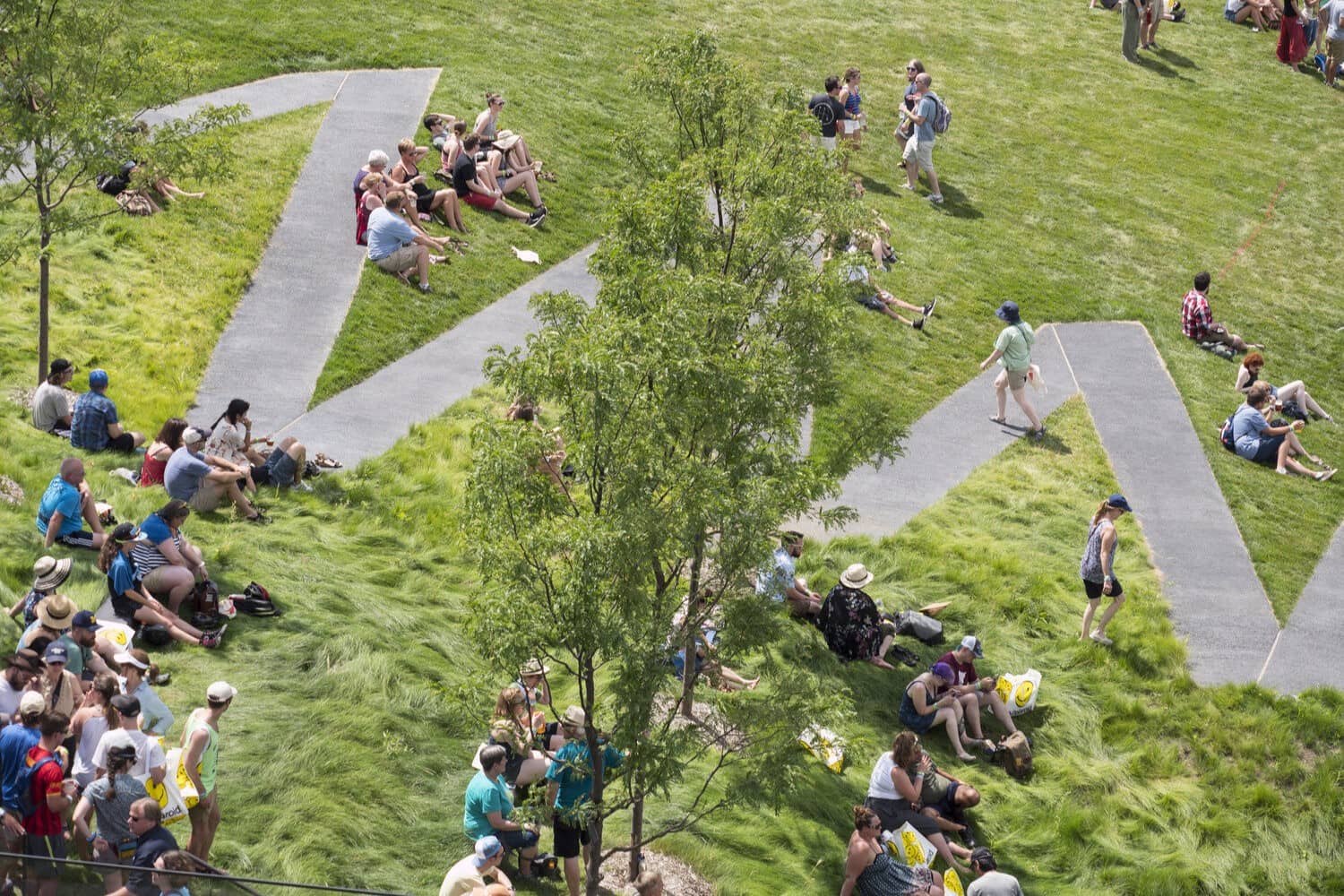


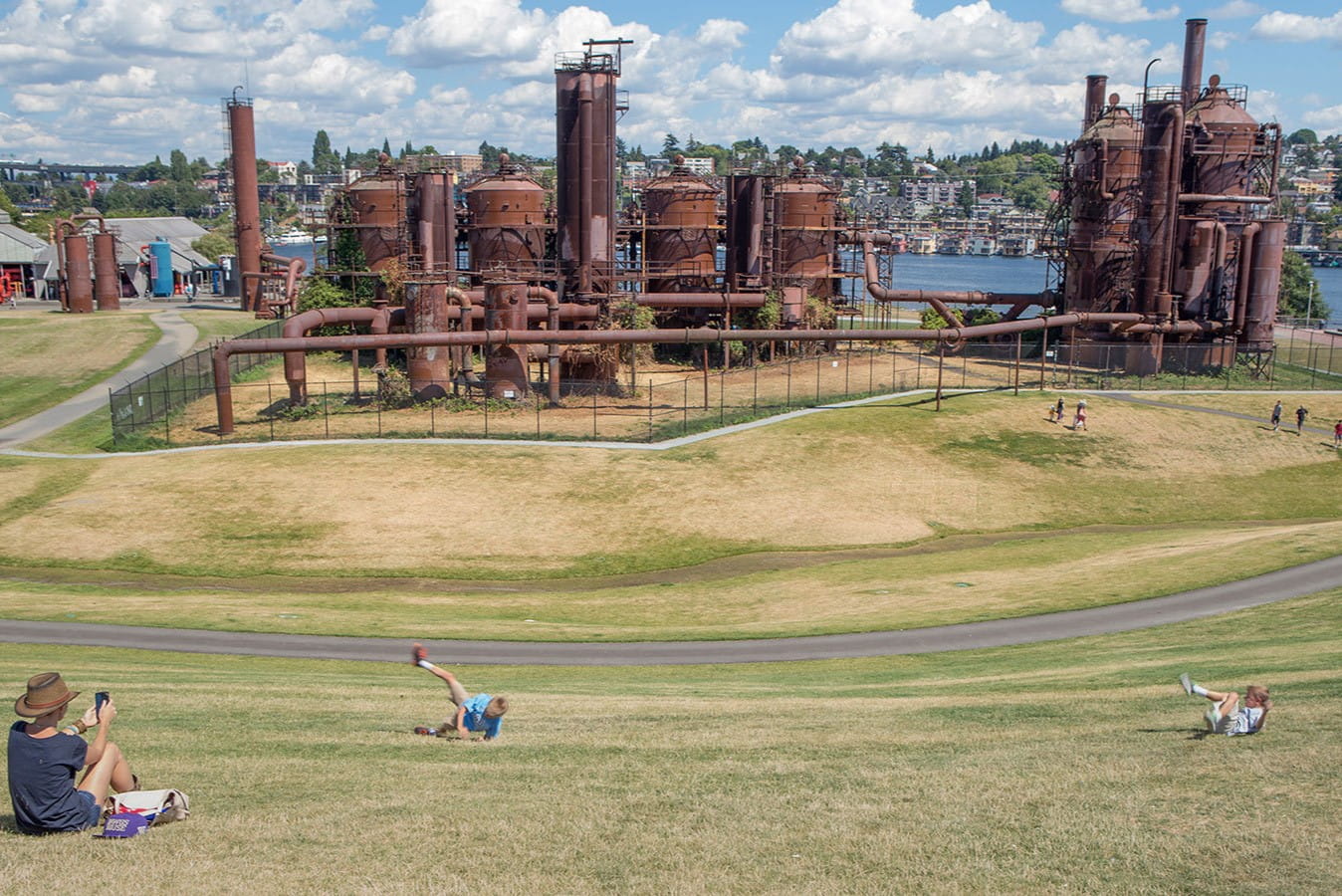
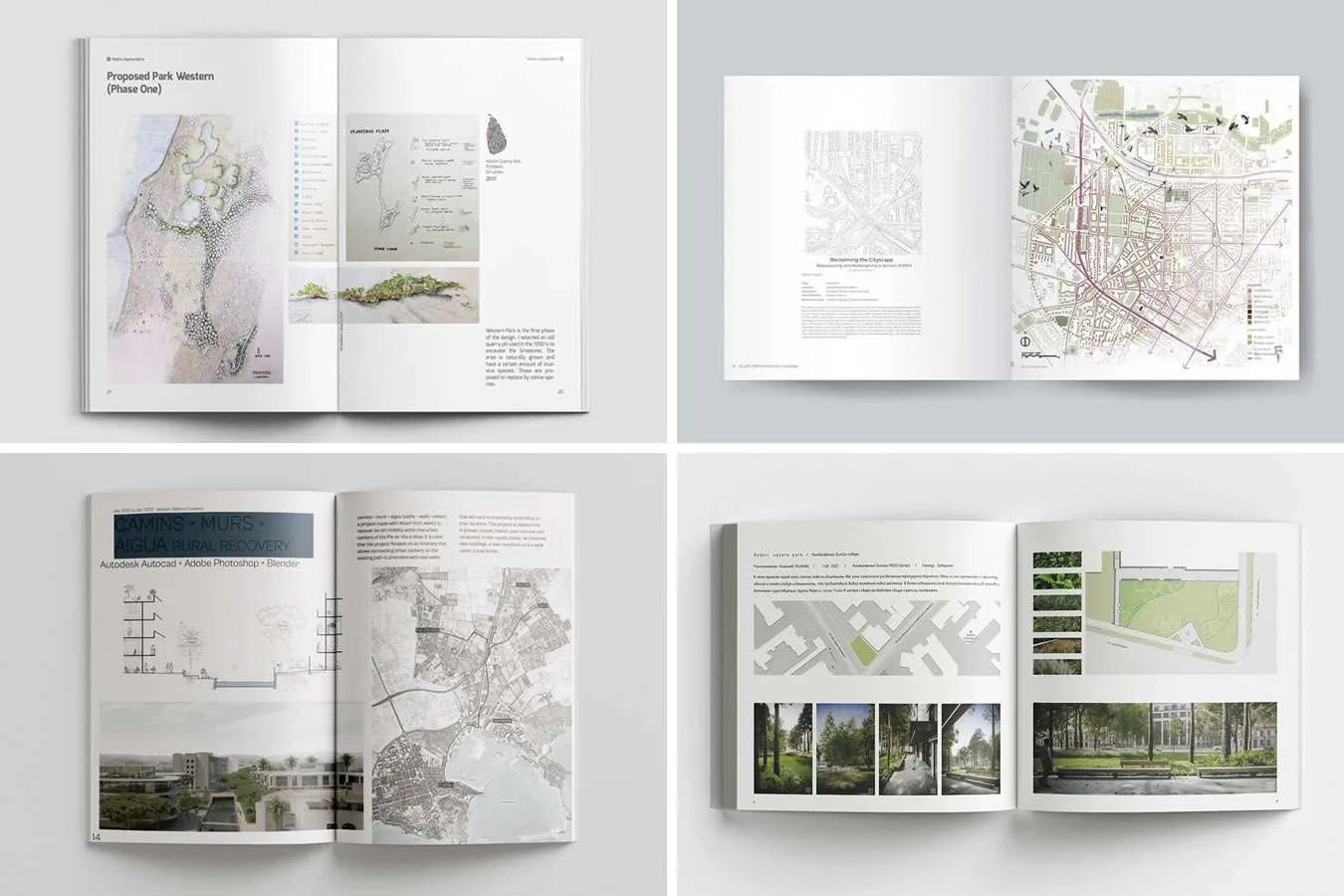
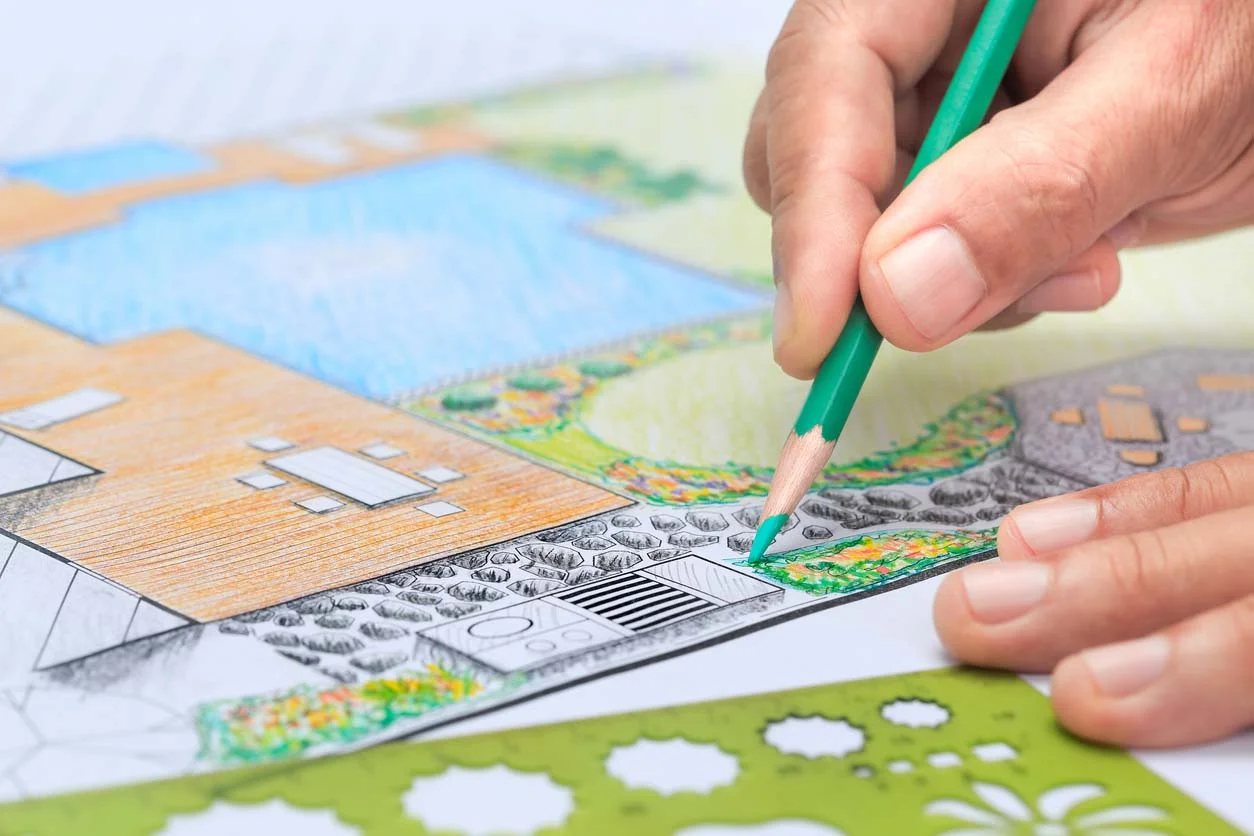
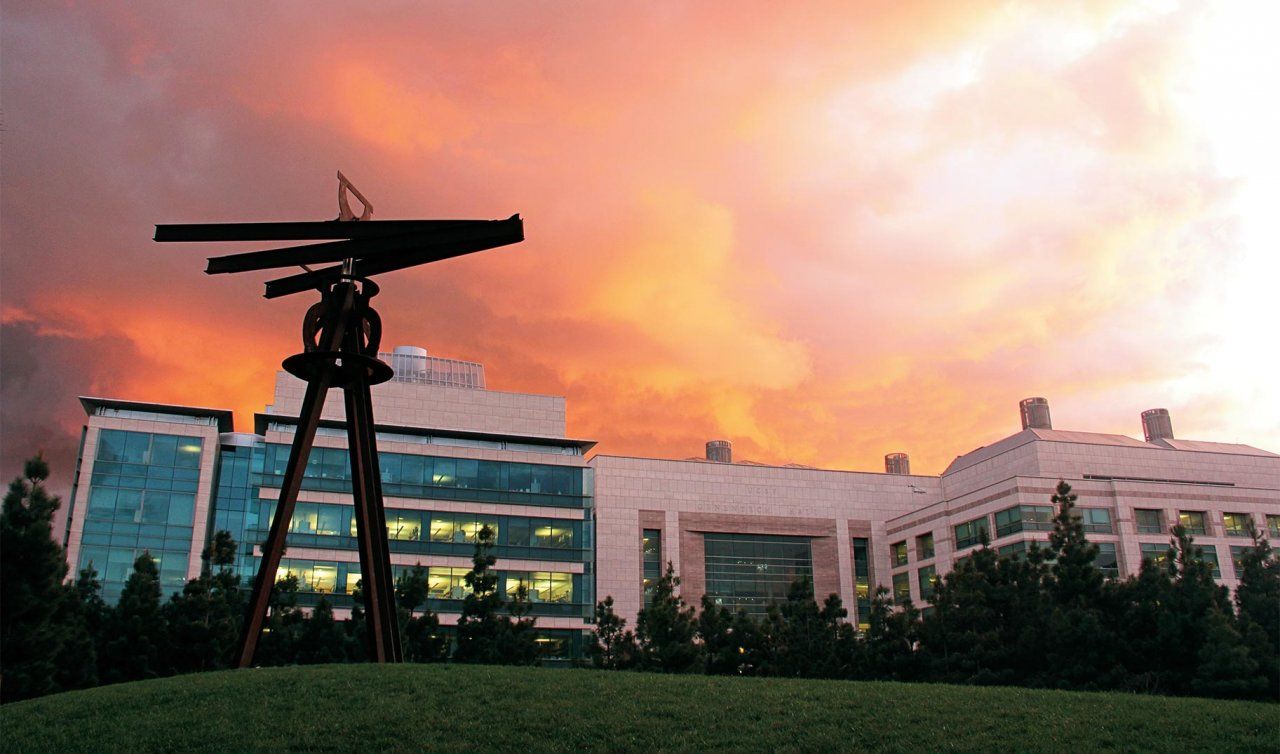
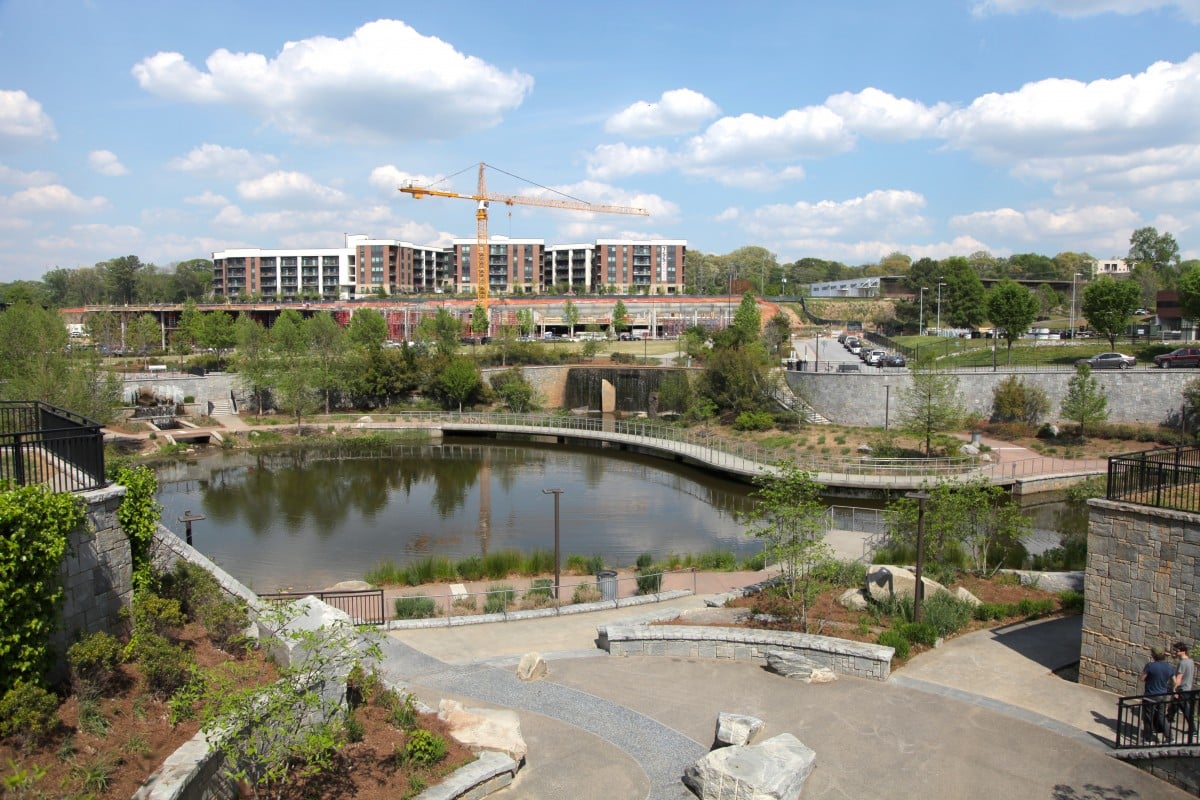
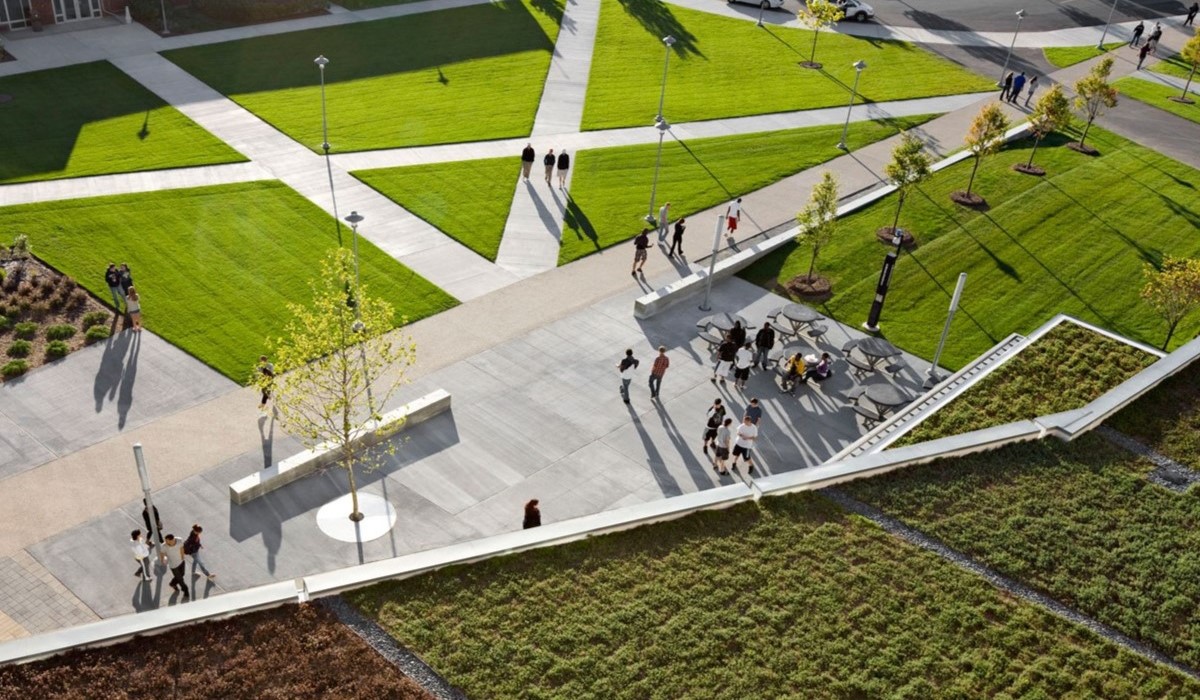
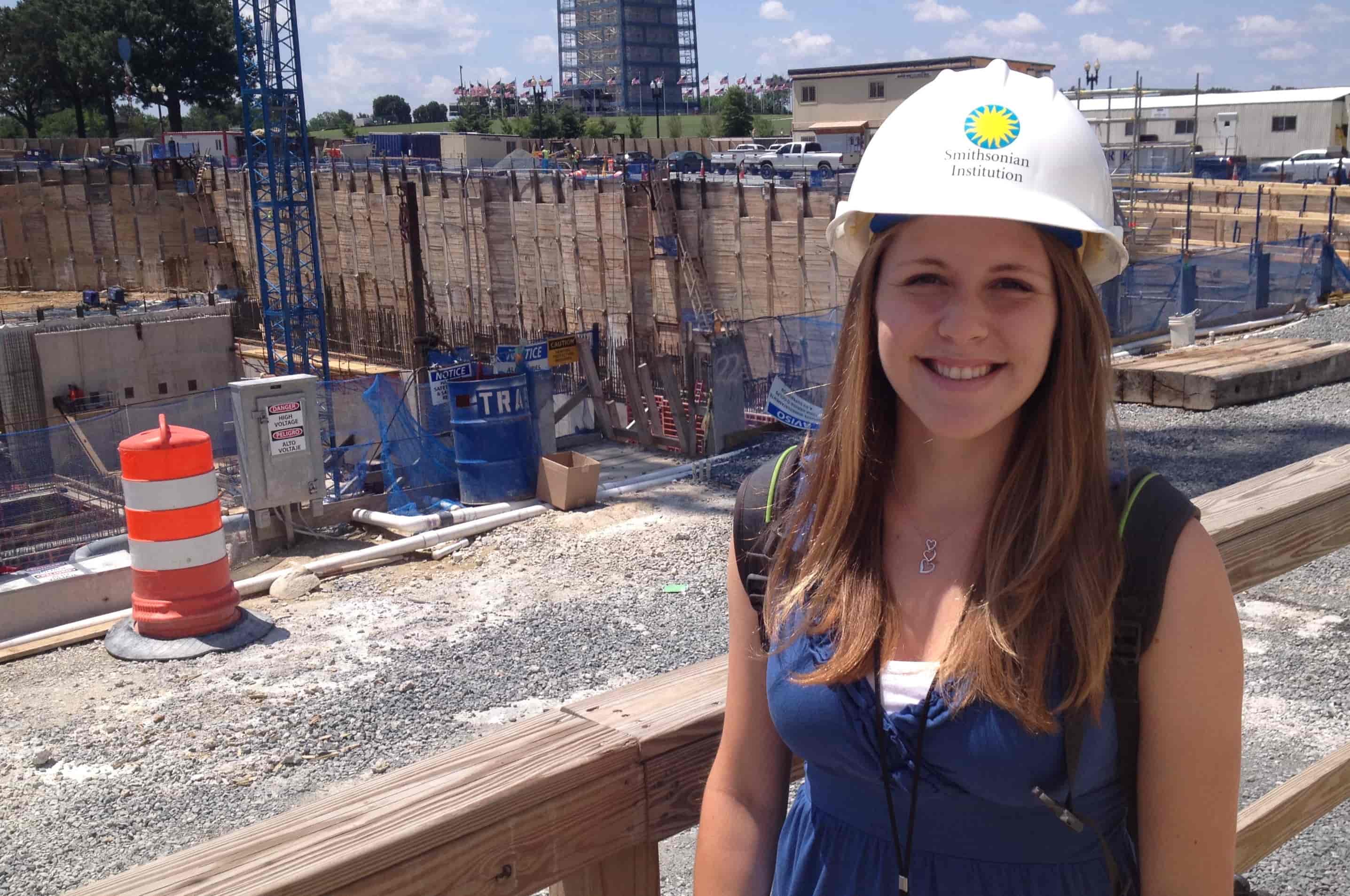





0 thoughts on “Who Was The Landscape Architect In Charge Of The Grounds At The Palace At Versailles?”